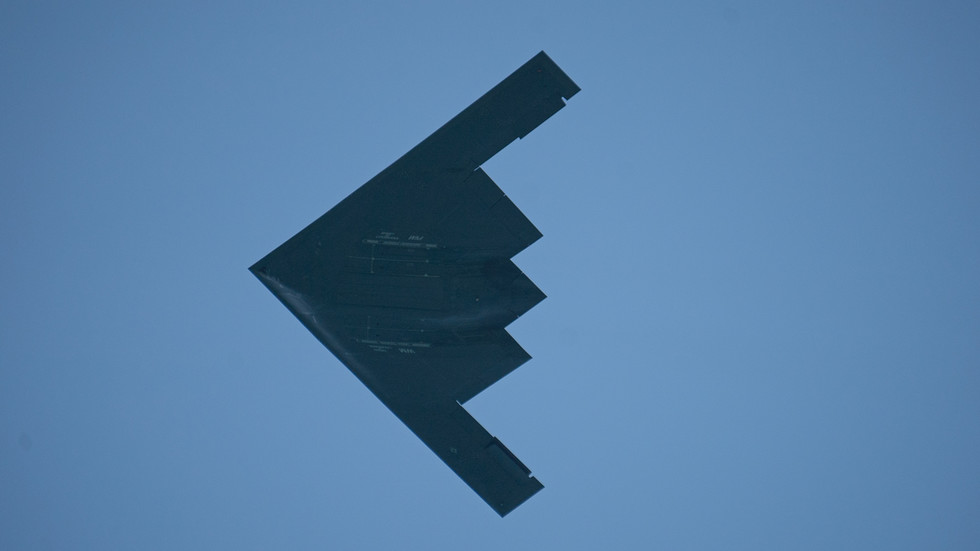At least eight were killed on Wednesday as thousands took to the streets to mark one year since the deadly unrest which allegedly saw plainclothes police officers fire at anti-government protesters. Figures from the human rights group Amnesty put the death toll at 16.
Kenyan officials closed the parliament and the presidential office in Nairobi, with live broadcasting of the protests banned.
All deaths were believed to have been caused by gunshot wounds, according to the Kenya National Commission on Human Rights (KNCHR). At least 61 were arrested nationwide, KNCHR added.
Last June, at least 60 people died as security forces clashed with protesters angry over tax hikes and economic hardship.
While last year's protests eventually subsided after President William Ruto withdrew controversial tax proposals, public anger over police violence remains high. The death of a blogger in police custody earlier this month has further fueled discontent.
DW Correspondent Felix Maringa on the protests in Nairobi
What do we know about the latest protests in Kenya?
Several people were reported to have been injured, with the AFP news agency reporting that there had been two fatalities amid violence in a town outside Nairobi. The Reuters news agency said scores of people were hospitalized, most with bullet wounds, after participating in rallies. It was not immediately clear who had shot them, the agency said.
Despite fears of police crackdowns and attacks by state-backed groups, crowds — mainly young men — marched through the capital on Wednesday.
Some waved national flags and held placards bearing images of people killed in last year's protests.
Chants of "Ruto must go" echoed through the crowd, underscoring growing frustration with the president, who came to power in 2022 promising swift economic recovery.
On Wednesday afternoon, the Communications Authority banned all live coverage of the protests on Kenyan television channels. Initial reports of several injuries and one possible death had emerged.
Authorities had closed roads into Nairobi's central business district in advance and fortified government buildings with razor wire. Many schools and businesses shut down for the day, bracing for potential violence.
The Interior Ministry issued a warning telling protesters not to "provoke police" or try to enter restricted areas.
Why are the demonstrations taking place now?
Activists and families of victims called for peaceful demonstrations to commemorate the deadliest day of the unrest. Others issued a more confrontational call to "Occupy State House" — referring to the president's official residence.
Dozens still missing after Kenya's anti-tax protests
Fresh demonstrations this month were sparked by the death of 31-year-old blogger and teacher Albert Ojwang in police custody.
Six individuals, including three police officers, were charged with murder on Tuesday in connection with Ojwang's death. All pleaded not guilty.
Ojwang's case has intensified scrutiny of police conduct, with many Kenyans still grieving the earlier deaths.
Police had initially claimed Ojwang died by suicide, but the narrative shifted after an autopsy indicated he was fatally assaulted. President Ruto later acknowledged that Ojwang "died at the hands of the police," calling the incident "heartbreaking and unacceptable."
Ruto's promise of Kenya's recovery has fallen flat for many, as corruption, inflation, and youth unemployment continue to plague the country.
While Ruto backed down on last year's controversial finance bill after weeks of unrest, critics say little has changed. Human rights groups report scores of abductions or disappearances of government critics, with dozens still unaccounted for since last year. Activists also accuse the government of reviving tactics reminiscent of Kenya's authoritarian era in the 1980s and 1990s.
Edited by: Darko Janjevic

 5 hours ago
3
5 hours ago
3









